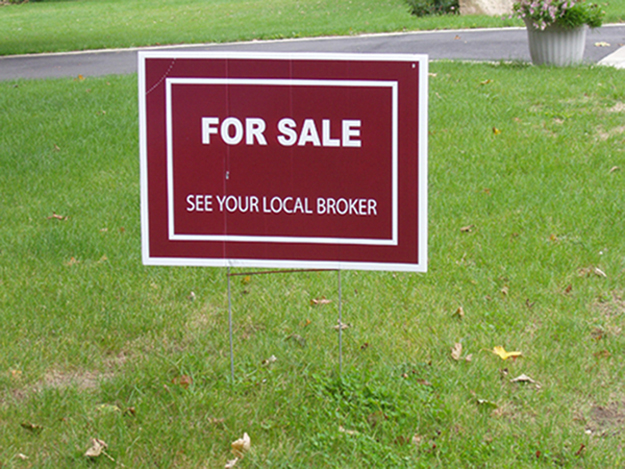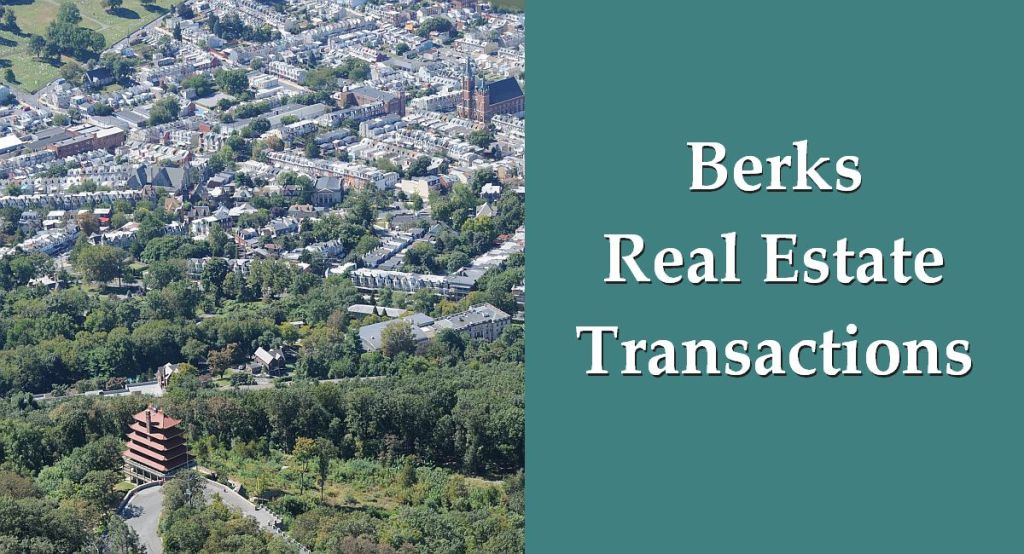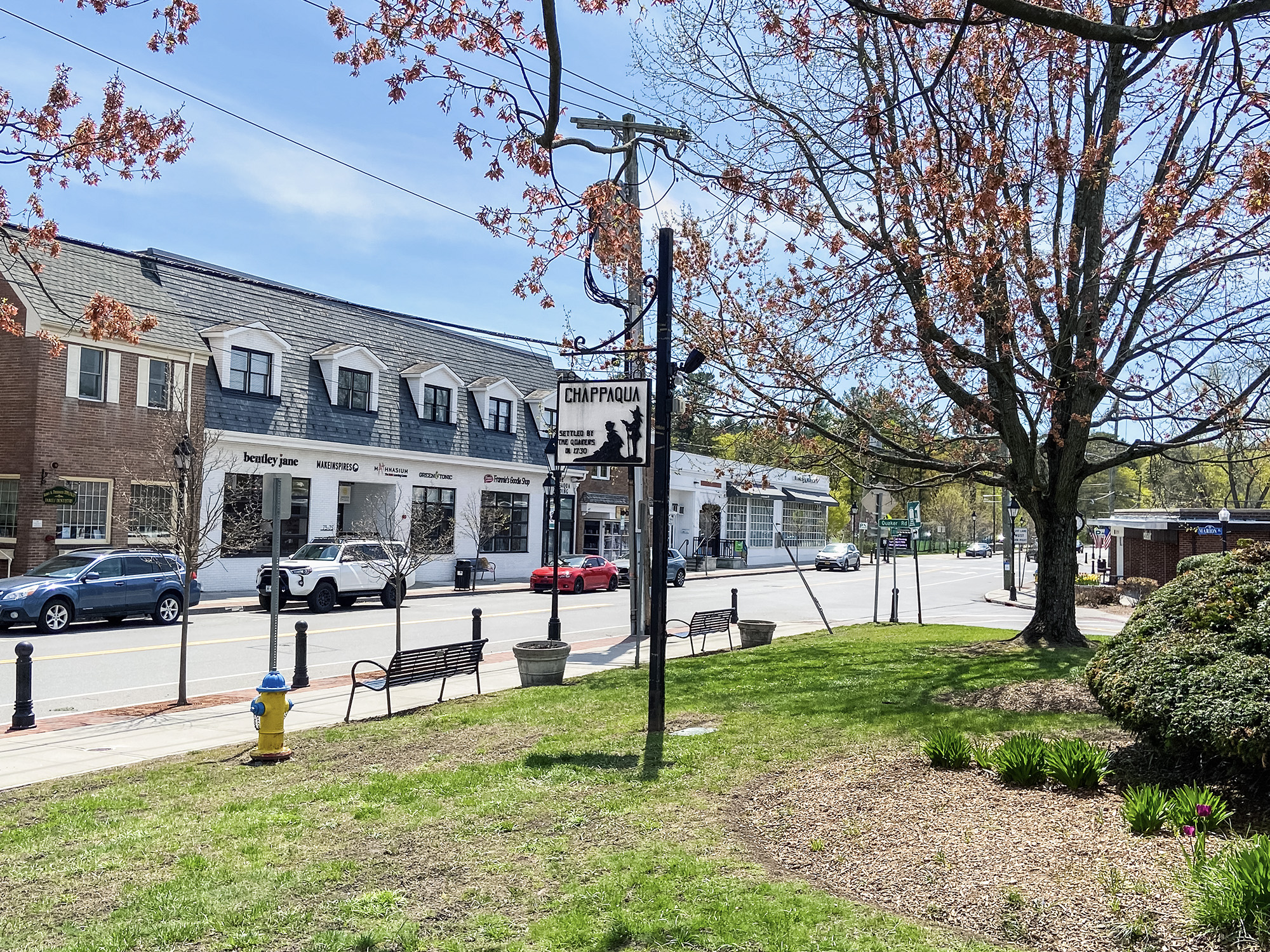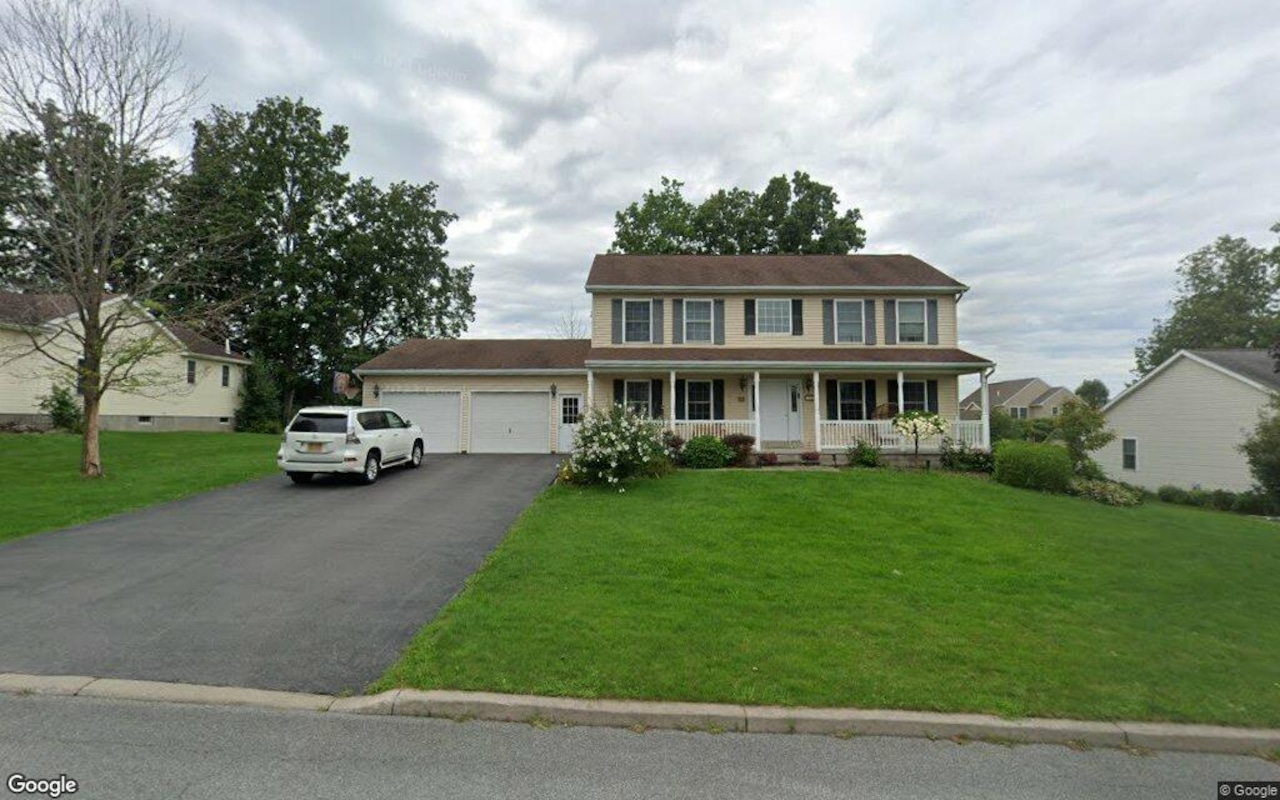A
lthough a soft labor market may dampen immediate demand for homes, falling interest rates are expected to rekindle sales activity. The Federal Reserve’s upcoming meeting will have to balance a weakening workforce against persistent inflation, yet one key inflation driver—housing costs—is easing. The latest CPI data shows shelter inflation at 3.6 % year‑over‑year, the lowest in almost four years, while the NAHB Real Rent Index indicates rent growth has stalled, remaining flat for the first eight months of 2025 compared with a modest 0.1 % rise in 2024.
For short‑term rates, the Fed is widely anticipated to trim rates by 25 basis points on Wednesday, September 17, and may consider a larger 50‑basis‑point cut. Some analysts even predict a total of three reductions in 2025. Mortgage News Daily reports the 30‑year fixed‑rate mortgage fell to 6.25 % on September 15, down from 6.59 % a month earlier. NAHB economist Fan‑Yu Kuo notes that easing rates could relieve the affordability crunch and bolster housing supply, even as builders still wrestle with supply‑chain bottlenecks.
Whether the recent rate dip will coax buyers off the sidelines remains uncertain. Mortgage purchase applications rose last week, yet one in three prospective buyers still cites high rates as the biggest economic hurdle, and 75 % believe current rates are unusually steep—despite being below the 50‑year average, according to Tomo Mortgage CEO Greg Schwartz. Schwartz warns that the gap between perception and reality is stressing the market; demand will stay fragile until confidence returns.
Zonda chief economist Ali Wolf cautions that the job market’s weakness may initially suppress demand, but sustained low rates could eventually outweigh those headwinds. Wolf adds that the housing sector often recovers faster than the broader economy.















